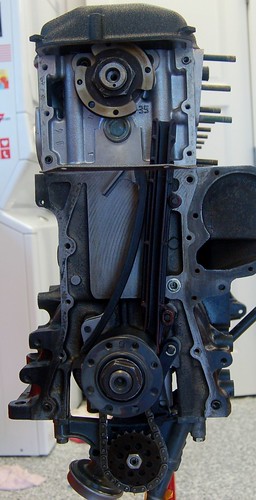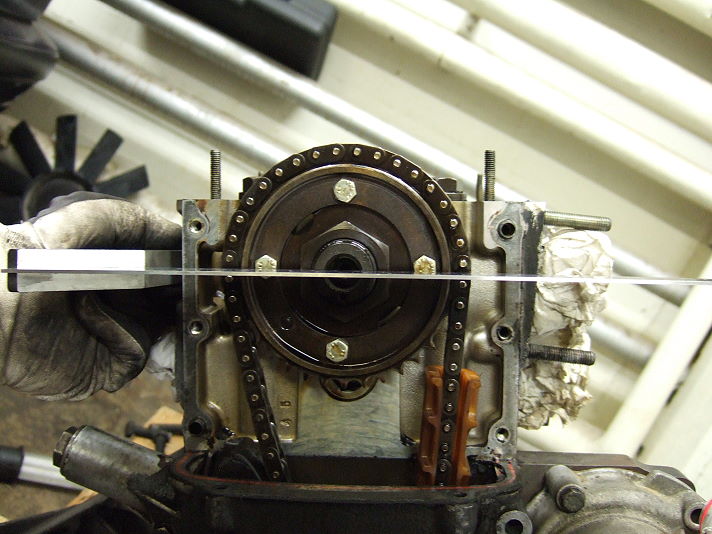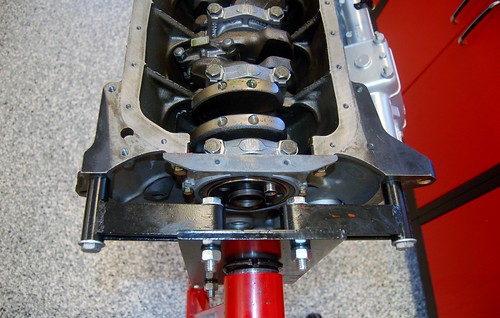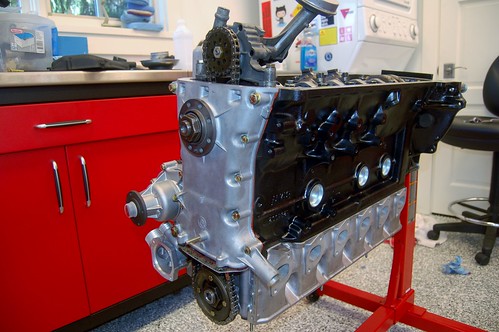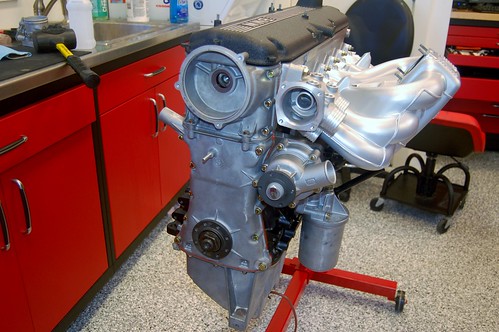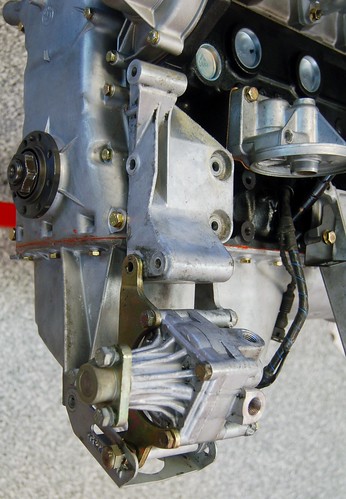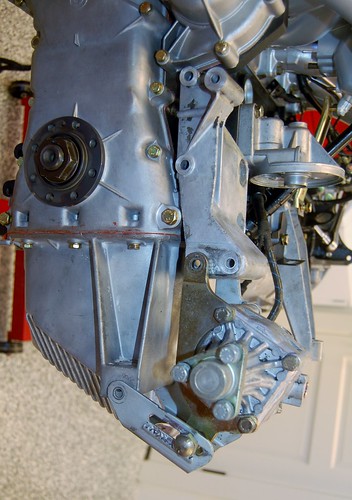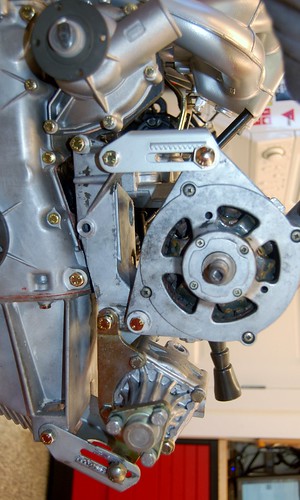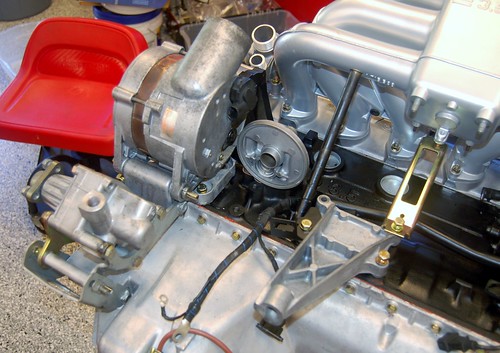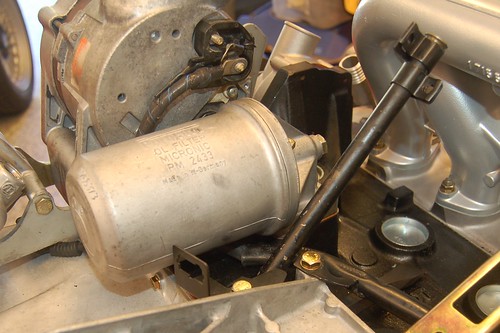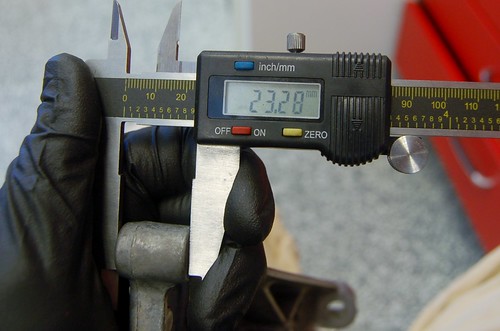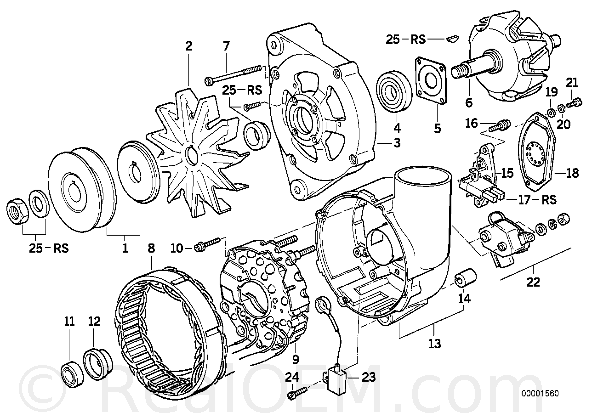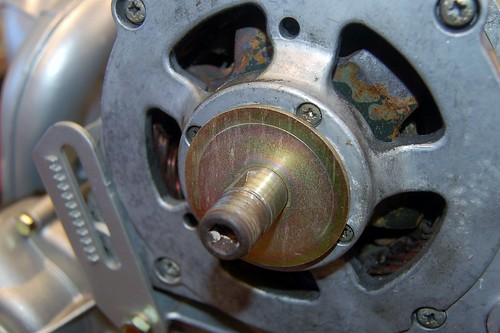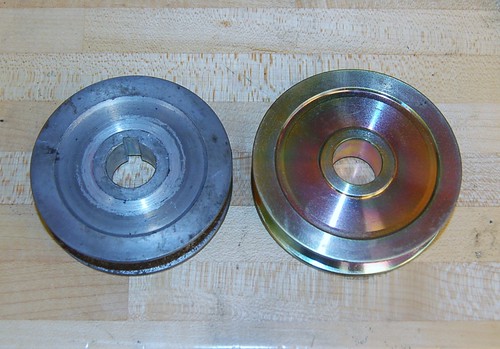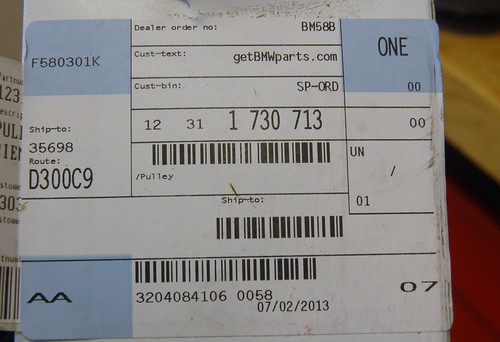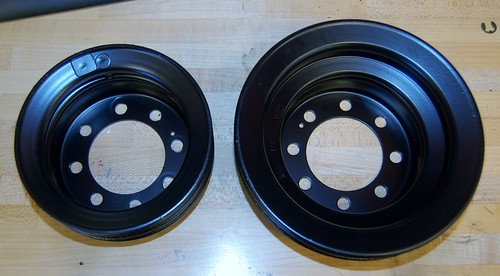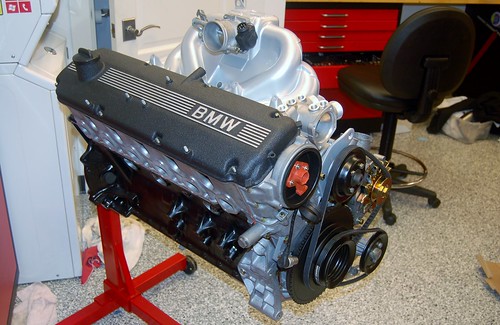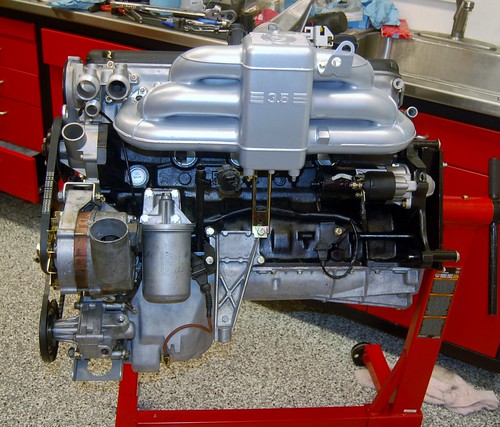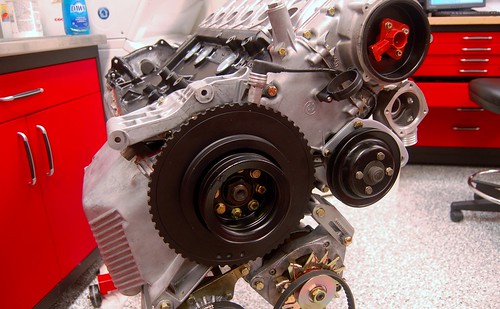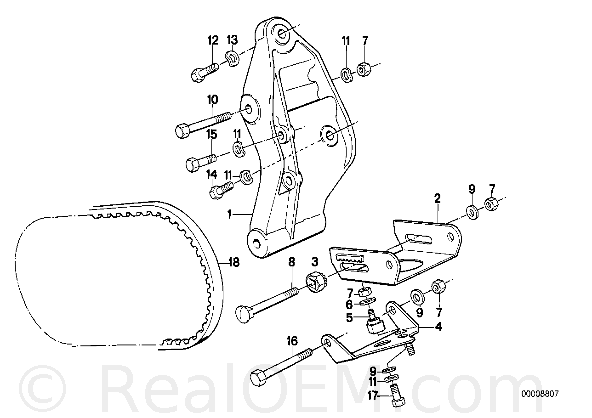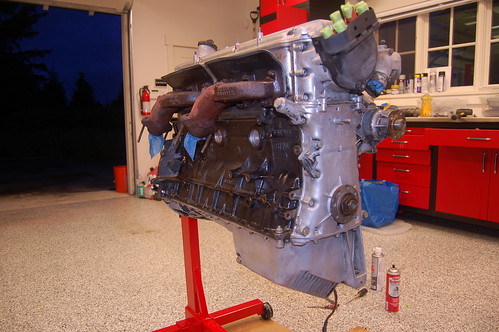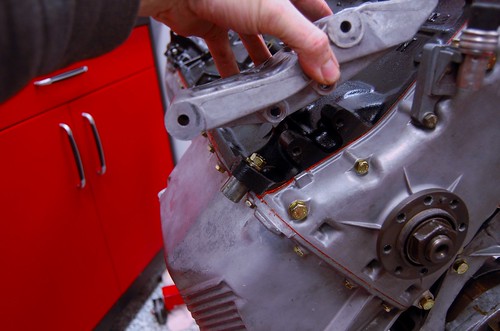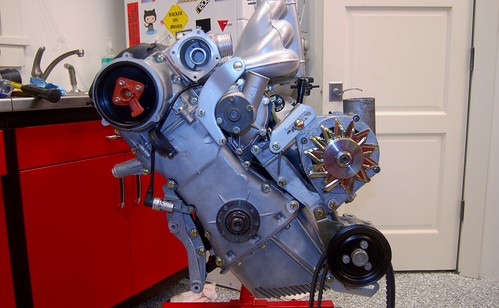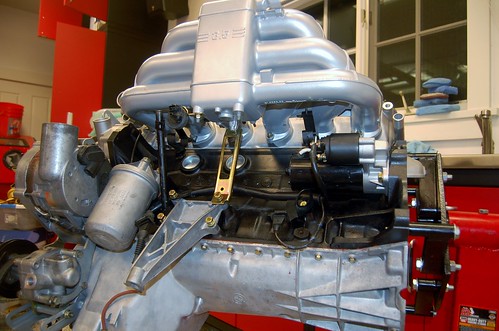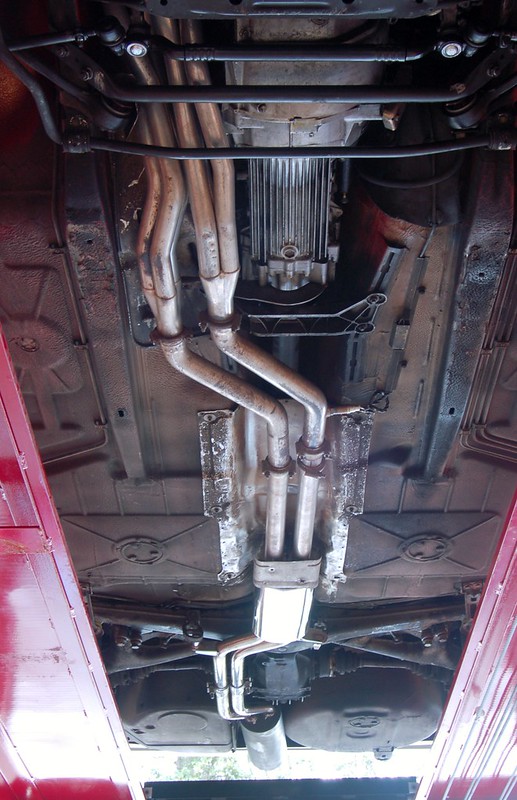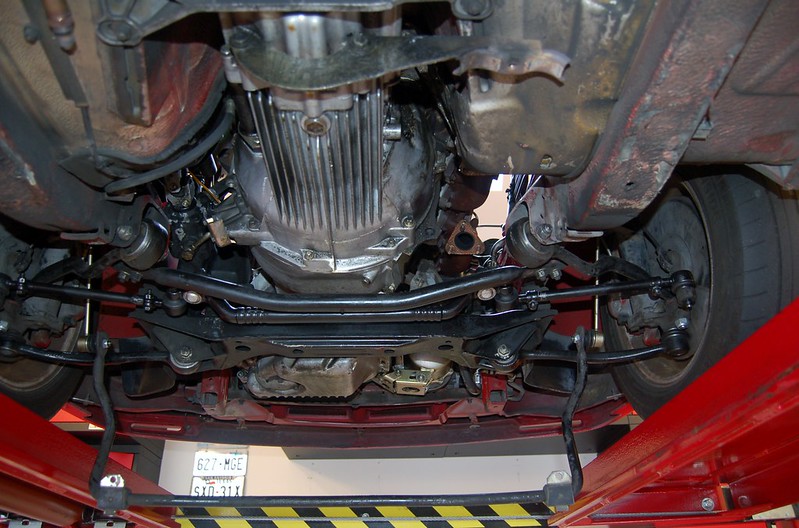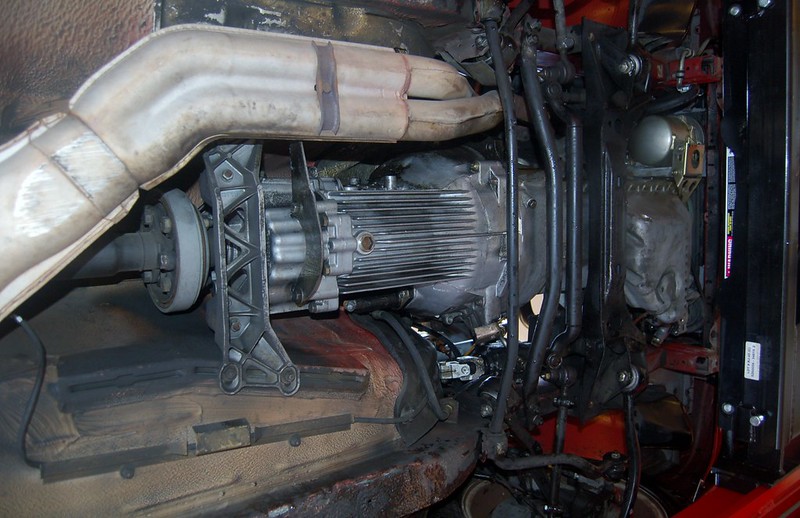I mounted the intake manifold for good and then decided to get everything on the left side of the engine in place. Along the way I've discovered a few things now have a conundrum.... read on to see.
First, the E28/M30B34 left motor mount/support bracket and the bracket that supports the M30B35 intake manifold do not play together. Here's how the B35 block/E32 setup appears:
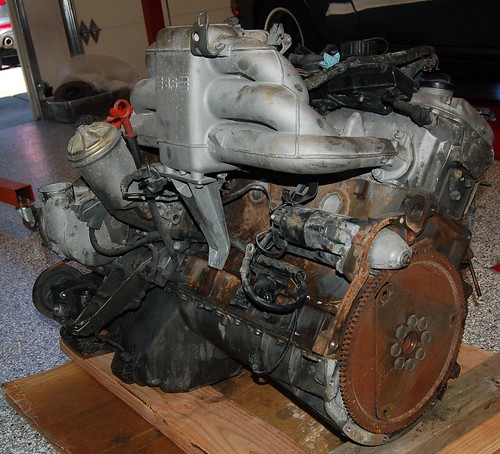
Here's what we have to work with. M30B34 block, M30B35 intake manifold, M30B34/E28 motor mount.
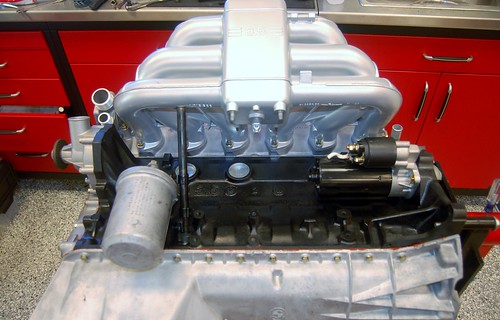
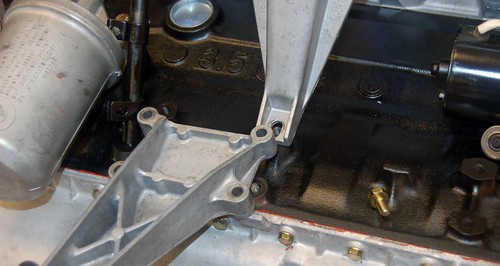
The M30B34 intake manifold is supported by a different sort of bracket; here's a peek inside Vlad:
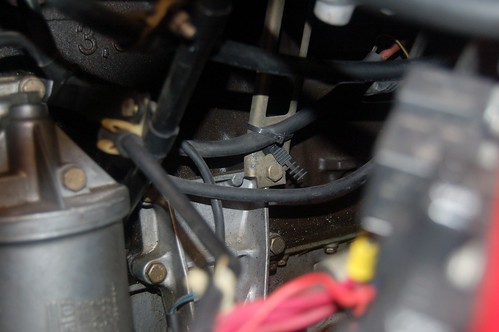
Turns out I had the donor B34 bracket plated, so we're all good there: Just not use the B35 bracket. I'll pull those studs in the B35 manifold since they will just be in the way.
Next, I wasn't sure where to mount the bracket for the oil level sender plug. On the B34 the plug is a little round 2 pin job. On the B35 it's a 3 pin snap in plug. As I poked around I realized I better get the wiring harness on there to see how the wires went. I got the harness out and test fitted it (along with one injector and the fuel rail). Kinda suprised to learn that the late model M30B35 harness is attached to the injectors directly with no other apparent nuts/bolts! Is that right?
At first, I thought the 3 prong female socket on the main harness went to the oil level sensor.
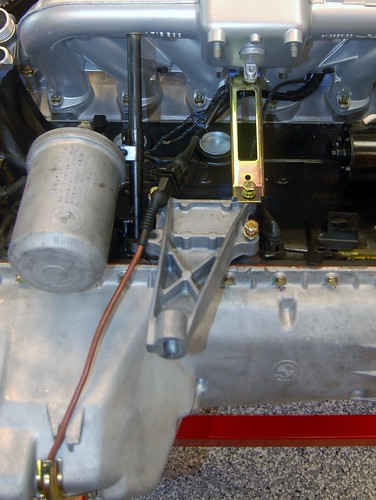
It doesn't. I forgot about the separate wiring harness piece that goes under the intake manifold. On M30B34s this is just a loose collection of wires, but on the B35 they are protected by a pretty hefty steel tube.
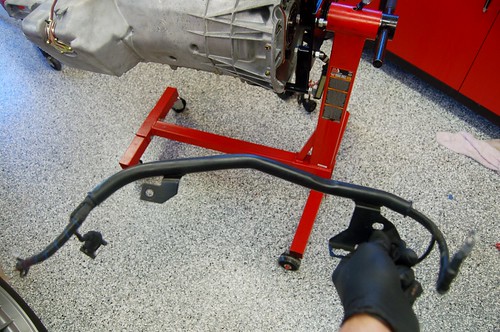
Which leads to the conundrum...
Here's what it all looks like test fitted:
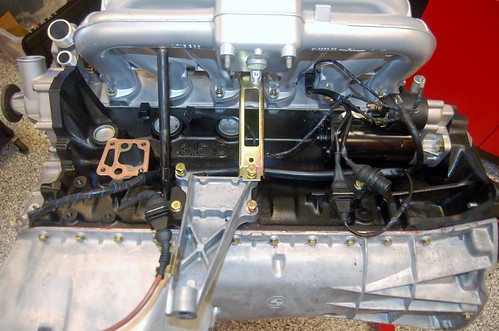
Note I had to remove the oil filter housing.
It turns out that this B35 wire-harness tube interferes with the B34 oil filter housing. They simply cannot be used together as-is.
Here's the B34 housing set in place. Note that it's not bolted in, because it can't be: the steel tube is blocking it.
I have two choices:
1) Bend the steel tube so it fits behind the housing.
2) Go back and re-visit using the B35 oil filter housing.
The reason I went with the B34 housing was it fits the M30B34 block and the B35 housing ALMOST fits the B34 block (and B34 gasket).
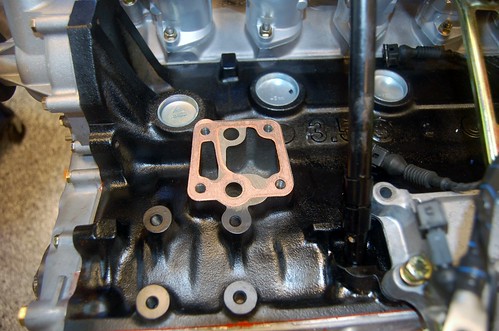
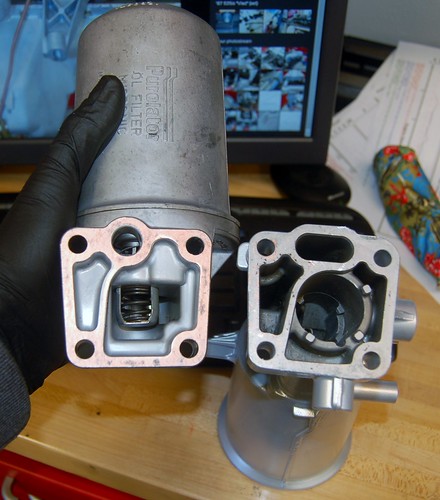
Here's what the B35 block looks like:
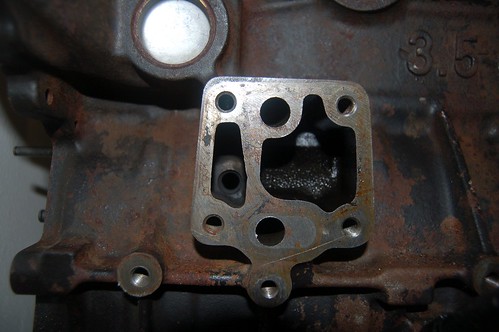
And the B34:
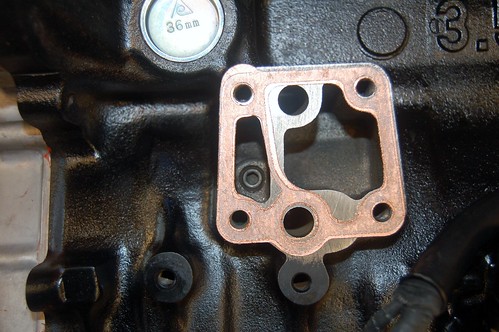
Note the B34 has a hex screw filling the hole in the left passage. But I checked the B35 housing and there is no function on it where oil moves through there.
(RealOEM shows the screw in B34 drawings, but does not show it in B35 drawings. What's it for?)
My intuition tells me the following: I can use permatex to ensure that the larger hole in the B35 housing is sealed up correctly where the gasket is missing material. Or I could order the B35 specific gasket.
Buy my intuition is not really backed by enough experience or knowledge so I'm pausing and asking YOU.
Should I go the quick & dirty route and just bend the pipe or should I use the neato B35 filter housing by just making sure it seals up correctly?


